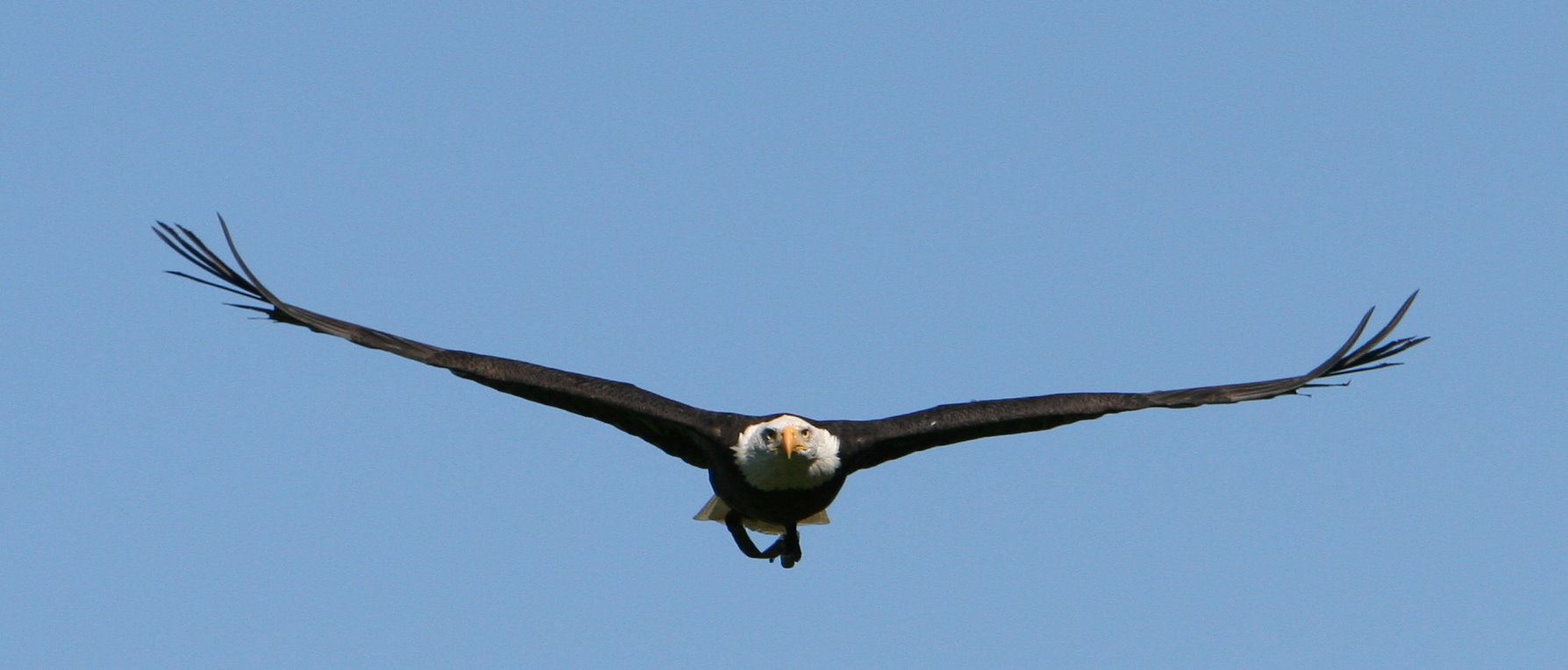Winglets - 2nd of December, 2024
HEY!!! I told you I would keep my promise from my last post :) Two posts in one day? Usually it's once every two months... 
So, I wanted to talk to you guys about something pretty interesting in aeronautical engineering, which is the history of the winglet. 'What are winglets?', you might be thinking. Well, winglets are the little parts that flick up on the tips of aeroplane wings. They look kind of cool, but they have a really important purpose for aeroplanes that make flying way easier.

Wings work by creating lift as the airfoil is designed to create low pressure, high speed air movement on the top of the wing, and high pressure, low speed air movement underneath the wing.
Winglets are a solution to an otherwise major issue for aeroplane wings. While travelling through the air, wings without winglets create a vortex at the end of the wing. This is because, at the end of the wing, the high pressure air from underneath the wing is able to flow upwards, into the low pressure air above, forming a swirling vortex. These vortices create drag, decreasing the lift and hindering the efficiency of the wing. Thus, most of the wing generates lift for the plane EXCEPT for the tip of the wing, which generates drag.

This drag is prevented through winglets, which work through their shape. It disrrupts the formation of the vortex and moves it away from the main body of the wing, therefore improving the efficiency of aeroplane wings as it maximises the amount of lift the wing can generate without having to increase its length. How cool is that?!?!

Another cool thing about the design of winglets are that engineers may have been inspired by eagle wings when inventing the winglet. This is because, while flying, the feathers on the tips of eagle wings curl to fly efficiently, just like the winglets on aeroplanes!

The adaptations our animals have developed to evolve have indirectly helped our engineers improve and evolve mankind's own inventions. Isn't that kind of beautiful? ♥ I hope you enjoyed reading about this. Maybe you learnt something, or maybe this could have reminded you about this cool invention! Thanks for reading.




